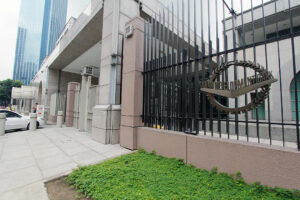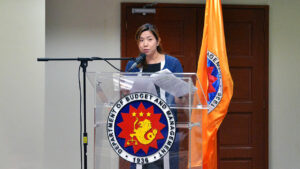LAND USE policy and updated building codes will help minimize the impacts of disasters in the Asia-Pacific, the Asian Development Bank (ADB) said.
“Decision-making on disaster risk management measures should prioritize reducing harm to welfare, taking into account the impact of disasters on public and household consumption,” Jinqiang Chen, Urban Development Specialist at the bank’s Water and Urban Development Sector Office, said in a blog post.
A “reactive” response to disasters is costly, inefficient, and fails to address the root causes of disasters, he said.
The Philippines’ proposed National Land Use Act has been stuck in a Senate committee for nearly three decades, with groups citing vested interests as the reason for the lack of progress.
Measures seeking to repeal the 46-year-old Building Code, issued as Presidential Decree No. 1096, remain in committee.
The Philippines remains the most disaster-prone country in the world with a score of 46.86 out of 100, according to the 2023 World Risk Index.
The ADB also cited the need for stringent social protection measures like an asset registry system to help guide the distribution of post-disaster support.
Mr. Chen emphasized the importance of regional collaboration to mitigate the impact of disasters.
“Disasters often transcend geographic and political boundaries, regional collaboration allows countries and regions to leverage shared resources, knowledge, and strategies, addressing common risks and challenges.”
Disaster risk management efforts should also prioritize more vulnerable groups like the poor, the elderly, children, and persons with disabilities.
Disasters increase the risk of returning populations back into poverty, Mr. Chen said.
More disaster risk, due to ‘long-practiced risk-insensitive development,’ are also expected to hamper the region in achieving the sustainable development goals by 2030, the ADB added.
“Disaster risk management requires a proactive, integrated approach that prioritizes preventive measures and resilience-building to mitigate the impacts of natural hazards on development and vulnerable populations,” the ADB said. — Beatriz Marie D. Cruz





